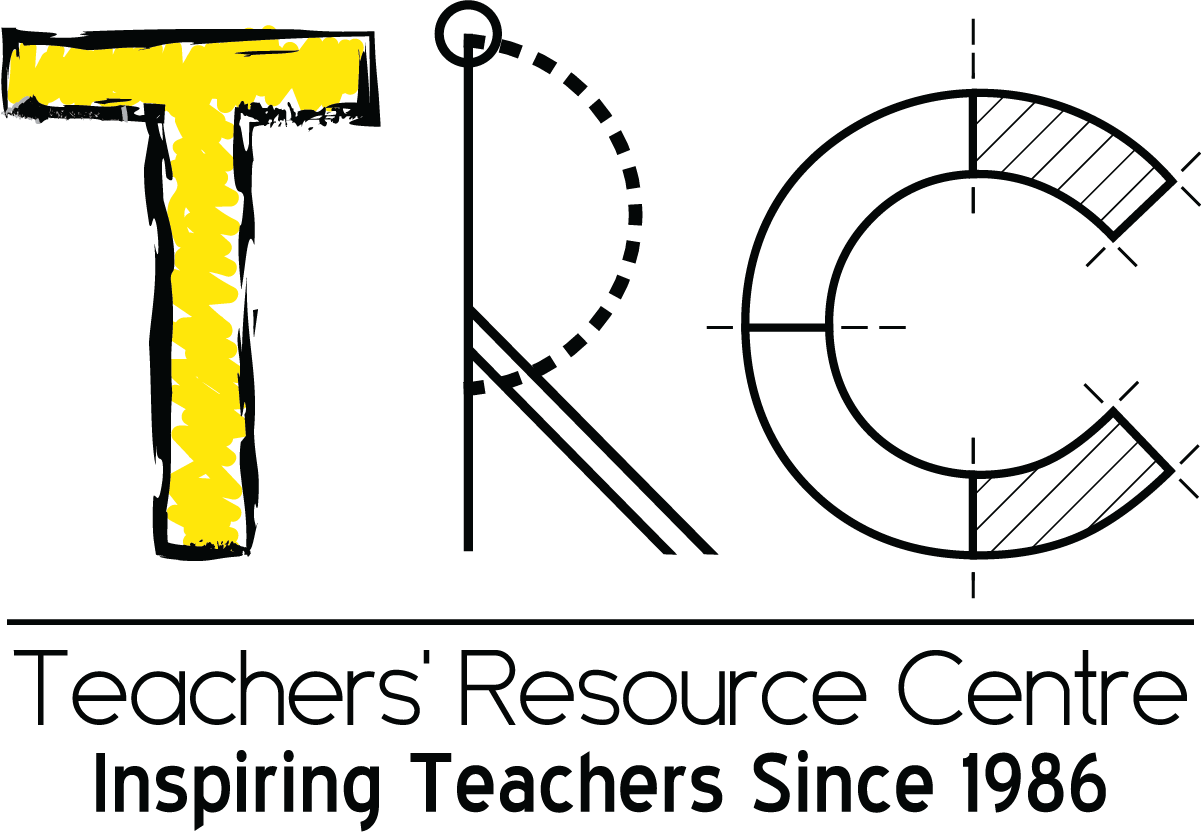No products in the cart.
Competition or No Competition
Mahjabeen Gul shares her experience and thoughts on how competition makes an unwelcome appearance in a collaborative learning environment.
p>
In my classroom, when I conduct a group activity, children come together in a large circle and work with me in the form of a community. This arrangement is called a Large Group. The focus is on encouraging children to support each other, work collectively and avoid power play or competition. However, one incident gave me food for thought ?
It happened during large group time. The plan was to play a game in order to refresh the understanding of idioms, which we had studied previously. To select a child I used the symbols, which the pupils had already created for themselves. The selected pupil picked out an idiom and mimed it to demonstrate the meaning. The rest of the children in the circle, tried to guess which idiom it was, for example, ?face the music? or ?a hard nut to crack.?
During the initial stage of the game, I noticed that although all the pupils seemed to be excited, some played the game very actively. Their quick and correct responses lessened the opportunities for the slower ones and over shadowed the shy ones. I also felt that some children were trying to guess the idioms but a few just kept quiet and watched. Consequently, I decided to distribute the children into two teams hoping that such a move might allow every one an equal opportunity to participate. Furthermore, I thought, forming two small groups may also create more enthusiasm. At that time it did not occur to me that making two teams would raise the sense of competition.
As the game carried on, the children?s behaviour reflected that they were trying to do better, just to outclass the other team. The main objective of the game, which was to review and learn different idioms, seemed to be suppressed. I noticed that as soon as a pupil would answer an action correctly, her team members would excitedly make gestures to show the other team that they were more powerful. Teams would even shout out slogans that one was better than the other and if any one made a mistake then some children would laugh and make fun. Some children even called out ?cheaters? to each other, which created more arguments.
As the teacher, I had to think of ways to make the children understand what was going on and handle the situation by finding ways to solve the emerging issues and quell the hubbub. I had to make the pupils understand that the idea behind working in groups was to bring about a collective effort. They were required to work and discuss among themselves rather than raise their voices at each other in anger. Furthermore, I reiterated all this had to be done in a calm and cordial environment. However, I could feel the competitive drive that seemed to have engulfed almost every child.
I observed that the children felt the need to create new rules to avoid problems. For example, giving only three turns to the team guessing the correct idiom. They also began to try and calm down the most excited of their peers from creating a fight and encouraging them to just enjoy the game. Team effort was also observed as I noticed children coming close together shoulder-to-shoulder to confirm the answer after coming to consensus. I did maintain constant supervision, but their behaviour towards maintaining discipline and setting up rules seemed to have evolved within them.
I do not want to be judgmental right now and decide on ?competition or no competition?, but I did notice that certain experiences in one?s life could spark different feelings, behaviours and attitudes, which one must learn to control and accommodate. Competition on one hand may create a feeling of hatred, jealousy or anger; on the other hand, it also may give rise to discipline, coordination, patience and teamwork. As a neutral onlooker I believe that discipline and teamwork could be taught but competition probably remains only a tool for testing performance. It should be used as a means to an end rather than the end itself. As teachers it is our responsibility to make students contributing members of the society rather than just competitive products of a market. However, the essence is to use all energy towards finding a positive solution. When children experience a competitive situation they get an opportunity to learn about not only their own strengths and weaknesses but of their teammates as well. This newfound sense of awareness enables them to function collectively and cohesively towards positive goals.
Taking the same example of my large group activity, I had observed that there were 3-4 girls in particular out of 30 children who were basically giving rise to the wild calls of anger and pointing out other team members, blaming them for cheating etc. The rest of the children were participating just to enjoy the game. I feel that this situation is usually there in teamwork and there are such people (though few in number but very strong) who may spark misunderstanding or chaos. Perhaps if we identify such behaviours in people at a younger age and we guide them or train them the end result could be modified.
I sincerely believe, as teachers we can provide guidance, motivation, inspiration and focus and only hope and pray that when our students face a unique situation, whether it be competitive or non-competitive, they do not fall short of their abilities.
Mahjabeen Gul is a primary teacher and Learning Coordinator at the PECHS Girls? School. She is also a 2009-2010 graduate of the TRC-Institute of ECE.
April 22, 2011

